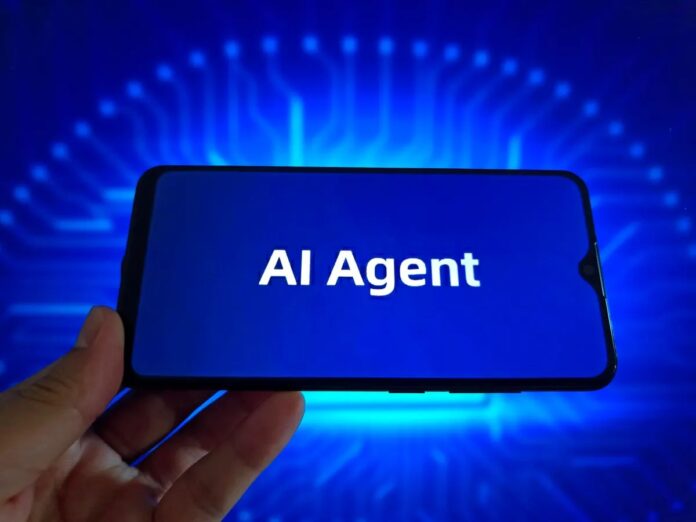The rapid adoption of artificial intelligence (AI) is fundamentally changing how organizations operate, and healthcare is no exception. The next frontier isn’t simply using AI, but orchestrating interactions between AI agents—a trend now backed by major tech players. This shift demands a strategic response from healthcare CIOs, who must evaluate how these platforms can streamline operations while ensuring security and integration.
The Rise of Agent-to-Agent (A2A) Automation
The core idea is to automate complex workflows by connecting multiple AI agents, allowing them to execute tasks autonomously. This moves beyond simple AI tools to a system where agents collaborate, triggering actions across various applications. The major players are positioning themselves to be the central nervous system for this new automation paradigm.
Key Platform Announcements
Google Cloud’s Gemini Enterprise aims to unify all AI capabilities, offering a “no-code” workbench (formerly Agentspace) for creating agents without coding skills. This ease of use makes AI accessible to a wider range of users. Google also provides pre-built agents and third-party integrations.
Amazon’s Bedrock AgentCore focuses on foundational operations and security. The platform consists of three core components:
- AgentCore Identity: Enables agents to act on behalf of users securely.
- AgentCore Runtime: Provides a serverless, low-latency environment for execution.
- AgentCore Gateway: Offers secure API access for agents.
Salesforce’s Agentforce 360 aligns products, platforms, and partnerships under a unified framework. The platform includes:
- Agentforce Builder: A low-code/no-code environment for building and testing agents.
- Agent Script: A scripting language for defining agent behavior.
- Agentforce Voice: Conversational voice agents integrated with contact-center platforms.
A Real-World Scenario: Streamlining Hospital Workflows
Imagine automating a typical hospital workflow: patient eligibility checks, appointment scheduling, and physician preparation. This is where A2A automation shines.
- Salesforce Agent (Contact Center): Interacts with the patient, collects demographic and insurance data, and verifies eligibility.
- Amazon AgentCore (Infrastructure): Securely connects to various data sources and triggers API actions.
- Google Gemini Agent (EHR Integration): Makes an API call to the EHR system, compiles a summary of the patient’s medical history, and delivers it to the physician before the appointment.
This streamlined process demonstrates how AI agents can work together to reduce administrative burden and improve efficiency.
The CIO’s Perspective
Healthcare CIOs need a platform that manages all AI agent capabilities securely and flexibly. The key is seamless integration across systems, ensuring data privacy and compliance. The question remains: will A2A automation replace routine tasks handled by humans, freeing them for higher-value work? The answer will depend on how effectively these platforms are implemented and managed.
The competition among AI platforms to become the central coordinator for A2A automation is fierce. CIOs must prioritize secure, scalable solutions that deliver tangible results. The future of healthcare IT hinges on their ability to navigate this evolving landscape
